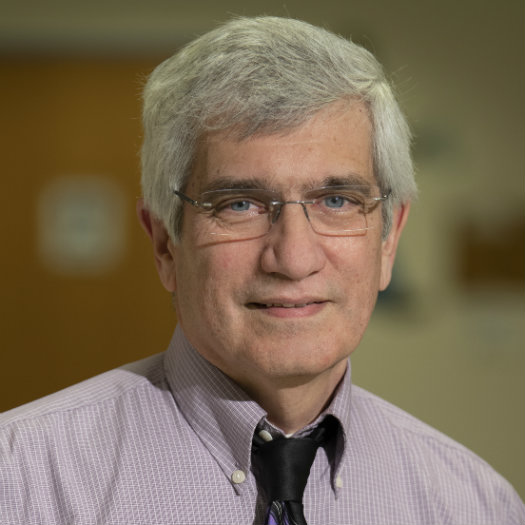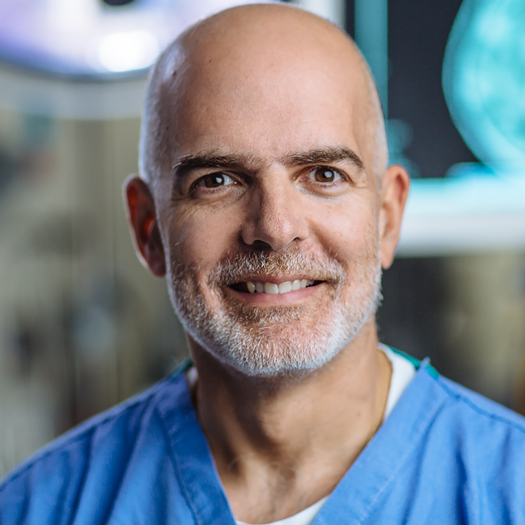Condition
Hemifacial Microsomia
Key Points about Hemifacial Microsomia (HFM)
- In HFM, one side of your baby’s face is underdeveloped. Your baby is born with this condition.
- HFM often happens by chance. Sometimes this condition can run in families.
- Children with HFM should be checked by a craniofacial anomalies team.
- If your child has severe defects, he or she may need several surgeries to fix them.
Frequently Asked Questions
What is hemifacial microsomia (HFM)?
Hemifacial microsomia (HFM) is a congenital problem. This means that your child is born with it. In this condition, one side of your baby’s face is underdeveloped ("hemi" means half). HFM usually only affects one side of the face. Sometimes both sides may be affected. This condition shares features with another condition called Treacher Collins syndrome.
What causes HFM?
This condition often happens by chance. It commonly develops during the fetal stage of pregnancy at around four weeks gestation because of vascular problems causing poor blood supply to the face. It may also run in some families. HFM may be passed on (inherited) in the following ways:
- Autosomal dominant. This means that only one parent passes the gene on to the child. Each child has a 1 in 2 chance of having the condition.
- Autosomal recessive. This means that both parents must have the gene to pass it on. Each child has 1 in 4 chance of having HFM.
- Multifactorial. This means that many factors are involved. The factors are often genetic and environmental (such as trauma during pregnancy).
This condition may also occur in children with other chromosome abnormalities. Chromosomes are the structures in our cells that carry our genes. These types of abnormalities often occur by chance.
What are the symptoms of HFM?
Symptoms can occur a bit differently in each child. The deformities caused by HFM vary. They may range from mild to severe. Different areas of the face may be involved. The following may be underdeveloped in HFM:
- Outside and middle ear
- Side of the skull
- Bone around the eye
- Thickness of the cheek
- Upper and lower jaws
- Teeth
- Some of the nerves involved in moving the face
In some babies, other parts of the body may also be affected by HFM.
How is HFM diagnosed?
Geneticists often diagnose HFM. A geneticist is a healthcare provider with special training to diagnose and treat conditions passed down in families (genetic condition). Your child’s healthcare provider will look at his or her health history. Your child will also have an exam. Your child’s healthcare provider may also do imaging tests to make the diagnosis.
These tests may include:
- X-rays of the head. X-rays will show the internal tissues and bones inside of your child’s head.
- CT scan. A CT scan shows detailed images of any part of the body. Your child may need a CT scan of the head. This test will show his or her bones, muscles and underlying tissue.
How is HFM treated?
Treatment will depend on your child’s symptoms, age and general health. It will also depend on how severe the condition is.
If your child has severe symptoms, he or she may need several surgeries. In this case, your child will be checked by a craniofacial anomalies team. This is a group of healthcare providers who diagnose and treat face defects.
Your child’s treatment may include:
- Fixing your child’s lower jaw. This is done using a bone graft taken from your child’s ribs.
- Using a device to correct your child’s jaw
- Having surgeries to fix your child’s external ear, cheeks or jaw
- Removing or correcting the position of your child’s teeth
What are possible complications of HFM?
If your child has a mild defect, he or she may not be at risk for complications. Children with more severe defects may be more likely to have issues. These can include hearing loss, eating problems and trouble with self-image.
How can I help my child live with HFM?
Your child may have hearing loss or eating problems related to HFM. Your child will need to be under the care of a team of craniofacial anomaly experts. This team may include:
- A craniofacial surgeon who can do jaw surgery and ear reconstruction
- An ophthalmologist to diagnose and treat eye and vision issues
- An orthodontist to check and treat jaw growth and alignment
- An otolaryngologist (ear, nose and throat specialist) to check hearing loss
- A speech therapist to give speech therapy
HFM support groups can help you and your child. Ask your child’s healthcare provider about support groups in your area.
When should I call my child's health care provider?
Call your child’s health care provider if your child has any new symptoms. These can include trouble eating or gaining weight.
Providers Who Treat Hemifacial Microsomia

Elizabeth Arlene Benitez, PA-C
- Clinical Coordinator, Cleft and Craniofacial Program
- Physician Assistant
Elizabeth Arlene Benitez, PA-C
Locations
Departments
John Socrates Myseros, MD
Locations
Departments
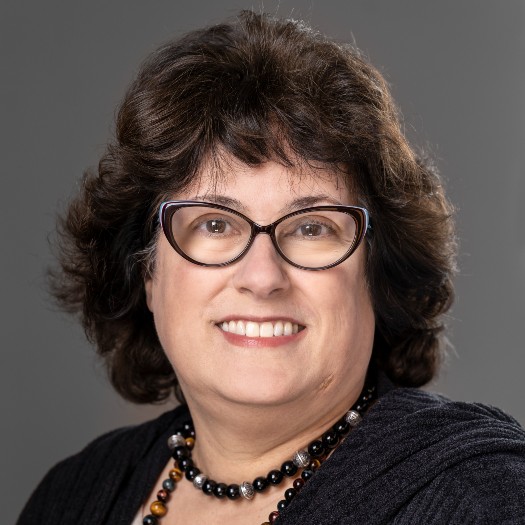
Maria T. Pena, MD
- Director, Quality Improvement and Safety
- Co-Director, Complex Sinusitis Program
- Otolaryngologist
Maria T. Pena, MD
Locations
Departments
Jul 22, 2024
Helping Maddie to Live Life to the FullestMaddie is a lively, creative teen who loves to act. Research at Children's National Hospital helps to ensure that her rare disease doesn"t upstage her big theater plans or her love of life.
Jun 27, 2024
Convenient Care for CharlotteWhen Charlotte was a toddler, a respiratory illness led to a diagnosis of a rare and dangerous immune deficiency called ICF syndrome. A bone marrow transplant at age 5 at Children’s National helped save her life.
May 20, 2024
Omid Conquers Fear with MusicOmid never liked going to the dentist. Dr. Aleger changed that with a little trust, and his favorite tunes.
Departments that Treat Hemifacial Microsomia
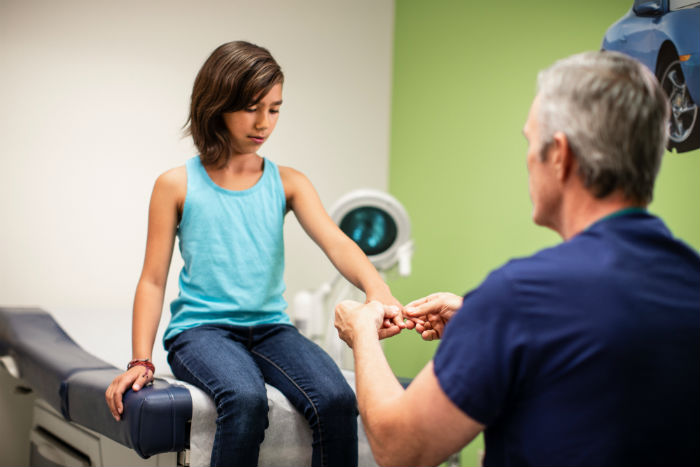
Plastic and Reconstructive Surgery
Our team of pediatric plastic surgeons have dedicated their careers to plastic surgery procedures for babies, children and teens.
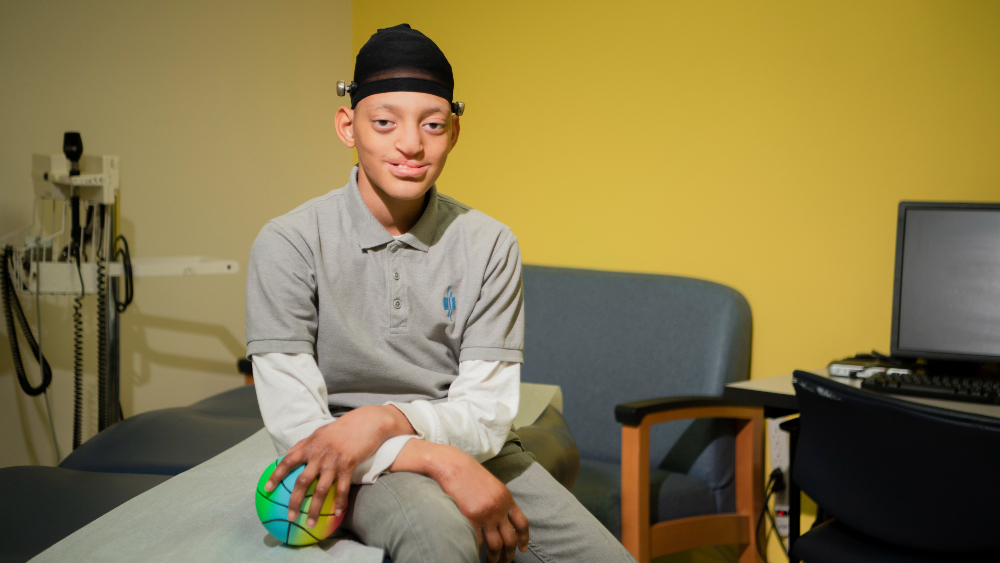
Cleft and Craniofacial Program
The Cleft and Craniofacial Program at Children’s National brings together experts from 10 pediatric disciplines to provide complete care for children with craniofacial disorders. Our multidisciplinary pediatric team helps more than 400 children every year.




